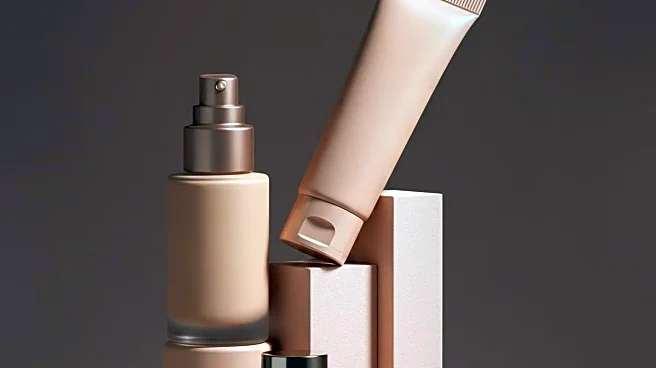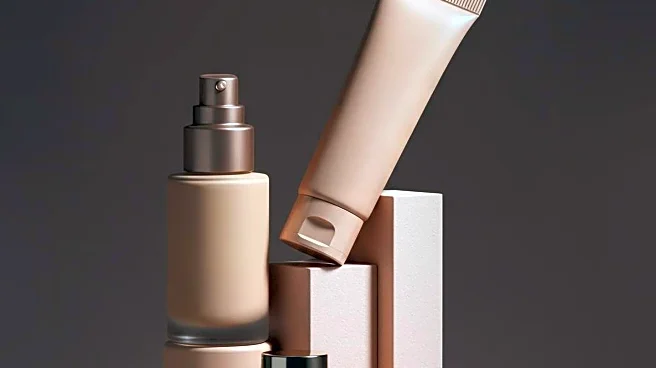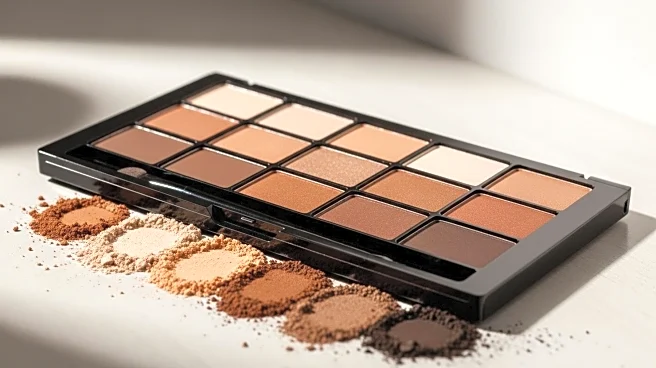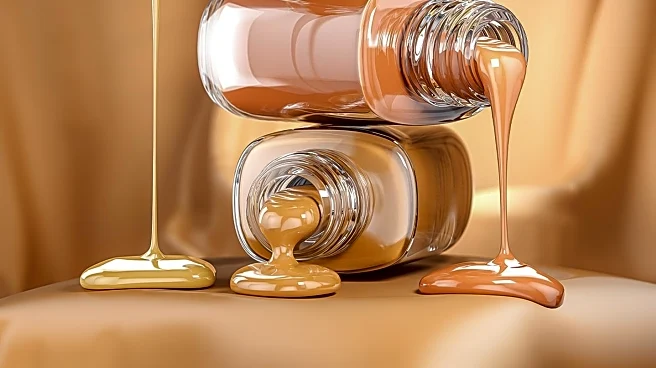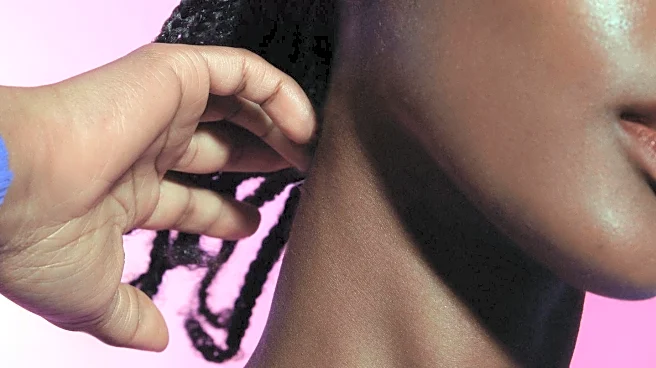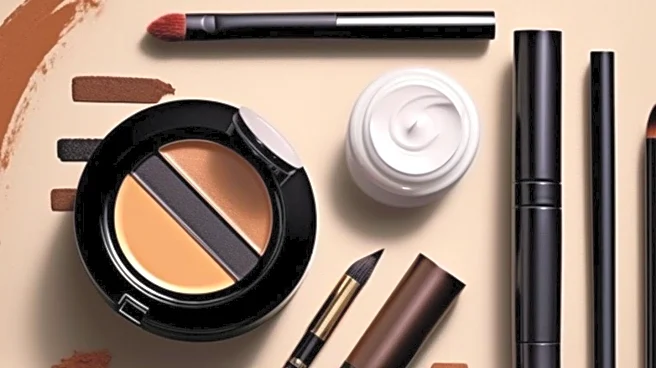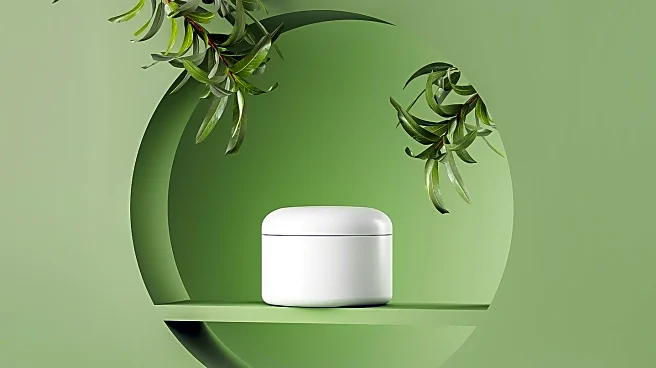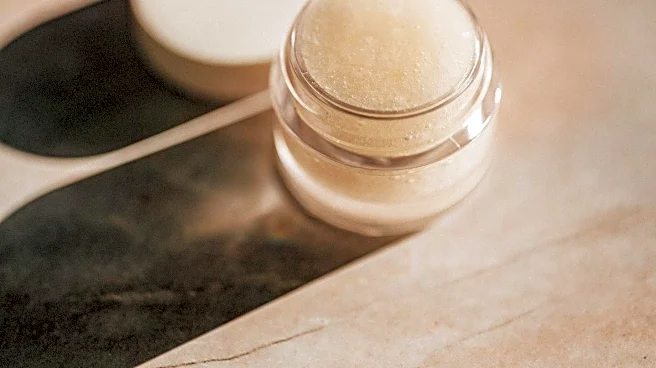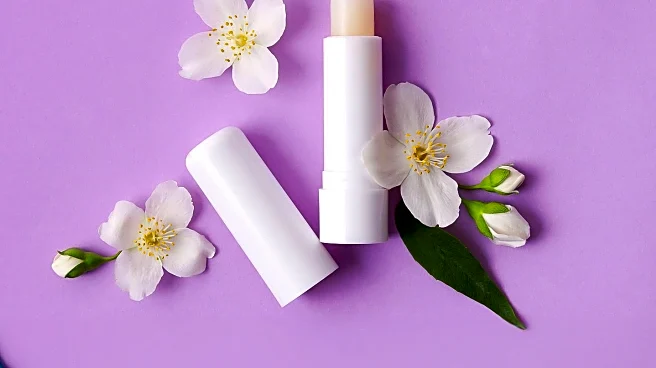What's Happening?
As the fall season begins, maintaining a sun-kissed glow becomes a challenge, often leading individuals to use spray tans or body makeup. Recent observations have highlighted application errors in President Trump's use of self-tanner and makeup, particularly the mismatch between his face and neck. Celebrity makeup artist Bryan Cantor and Trina Eibon, business manager of IONIQ, have provided insights into these common mistakes. Cantor notes that the foundation shade used does not match Trump's undertone, while Eibon explains that bright light and flash photography can magnify these errors. The mismatch is a frequent issue with traditional self-tanners that require manual blending, and the undertone drift toward orange can occur when the tanner does not adapt to individual skin pH.
Why It's Important?
The discussion around President Trump's makeup application highlights broader issues in the beauty industry regarding the use of self-tanners and makeup. These errors can lead to unnatural appearances, which are particularly noticeable under scrutiny from high-definition photography and public appearances. The insights from experts like Cantor and Eibon emphasize the importance of proper blending techniques and choosing products that match one's skin tone and undertone. This has implications for public figures who are constantly in the spotlight, as well as for everyday consumers seeking to achieve a natural look.
What's Next?
For individuals using self-tanners and makeup, experts recommend careful blending and matching products to the chest, face, and neck to ensure a unified skin tone. Cantor suggests using a dense makeup brush for buffing and applying product directly to the brush for even dispersal. Eibon advises minimal product use on hands and careful application around knuckles and fingers. These techniques aim to prevent uneven coloring and ensure a natural appearance, which is crucial for public figures like President Trump.
Beyond the Headlines
The conversation around makeup application errors also touches on the cultural and societal pressures to maintain certain beauty standards. The reliance on products like self-tanners reflects a broader desire to conform to ideals of appearance, which can lead to challenges in achieving a natural look. This discussion may prompt further examination of the beauty industry's role in shaping public perceptions of appearance and the importance of embracing natural skin tones.

